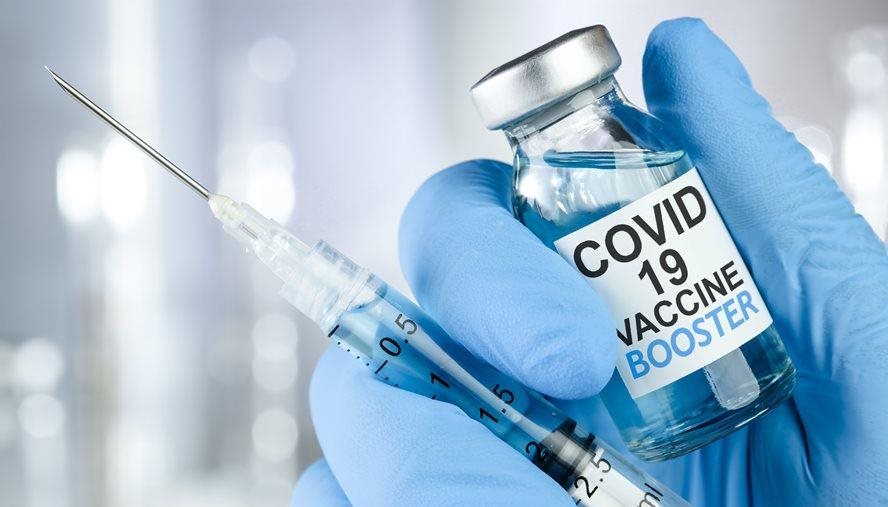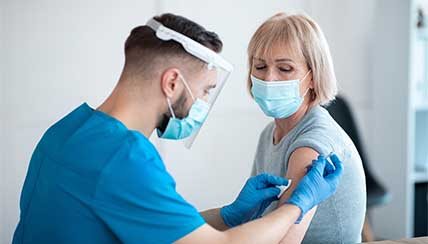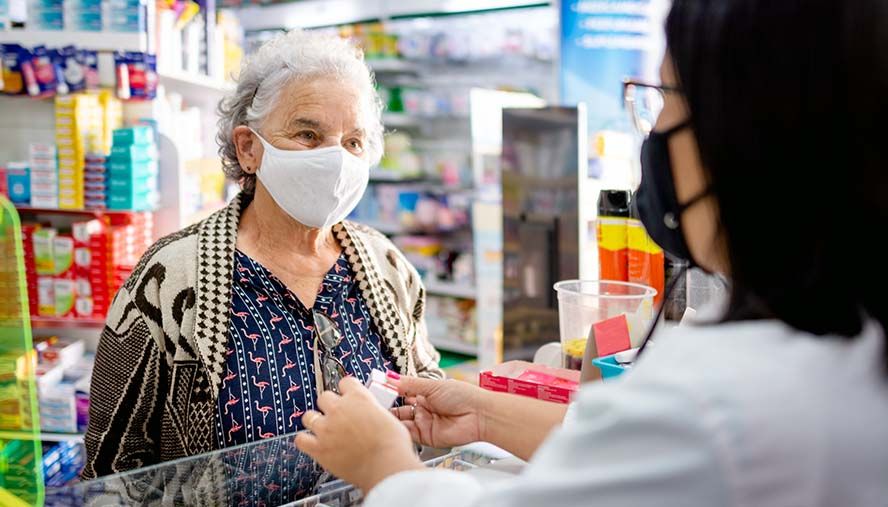Coronavirus 411
This information has been reviewed and approved by Rosine Angbanzan, MPH (March 2022)
Coronavirus 411
Prevention tips, symptoms and treatment — here's what you need to know!
Tips for keeping the virus away:
- Wash hands often.
- Disinfect frequently touched objects & surfaces.
- Don't touch face with unwashed hands.
- Avoid close contact with people who are sick.
- Cover coughs & sneezes with tissue or elbow.
Symptoms (you may not have all)
Mild Symptoms
Begin Gradually
- Cough
Fever
Tiredness
Aches and pains
Chills
Repeated shaking with chills
Headache
Nasal congestion
New loss of smell or taste
Runny nose
Sore throat
Diarrhea
Severe Symptoms
Occur about a week into the illness
- Significant shortness of breath
- Low oxygen levels
- Pneumonia
- Kidney failure
- Hospitalization
- Liver failure
Treatment
- Stay home with fever, cough & sneezing - rest.
- Cover coughs and sneezes.
- Wash hands with soap often.
- Disinfect surfaces.
- Drink extra fluids.
- Follow doctor's advice.
- Use non-prescription care for other symptoms.
- Follow treatment plans for other conditions.
- Avoid other people.
When to Contact the Doctor
If symptoms do not improve or get worse
If treatments for other health conditions become challenging
Fever • Cough • Difficulty Breathing • Existing Chronic Disease >> CONTACT MEDICAL PROVIDER
Gloves
- Wear gloves when disinfecting surfaces, handling soiled laundry and when caring for others who are sick.
Disposable Facemask
- Wear if you have cold or flu symptoms and need to go out in public.
- If you are healthy, wear a surgical mask when caring for someone who is sick. Wear a cloth mask to go out in public.
- Wash your hands before and after placing a mask on and after taking it off.
Respirators
National Institute for Occupational Safety & Health (NIOSH)-approved respirators like KN95s and N95s offer the highest degree of safety from COVID-19 infection. When properly worn, they provide protection against airborne particles, including the virus that causes COVID-19. They also prevent your respiratory droplets and particles from escaping. According to the Centers for Disease Control and Prevention (CDC), these masks filter at least 95% of particles. However, you shouldn’t wear a respirator if you’re having trouble breathing.
For instructions on proper wear and fitting, consult these CDC recommendations.
| The information on our website is medically reviewed and accurate at the time of publication. Due to the changing nature of the COVID-19 pandemic, information may have since changed. CDC.gov and your state’s health department may offer additional guidance. |




